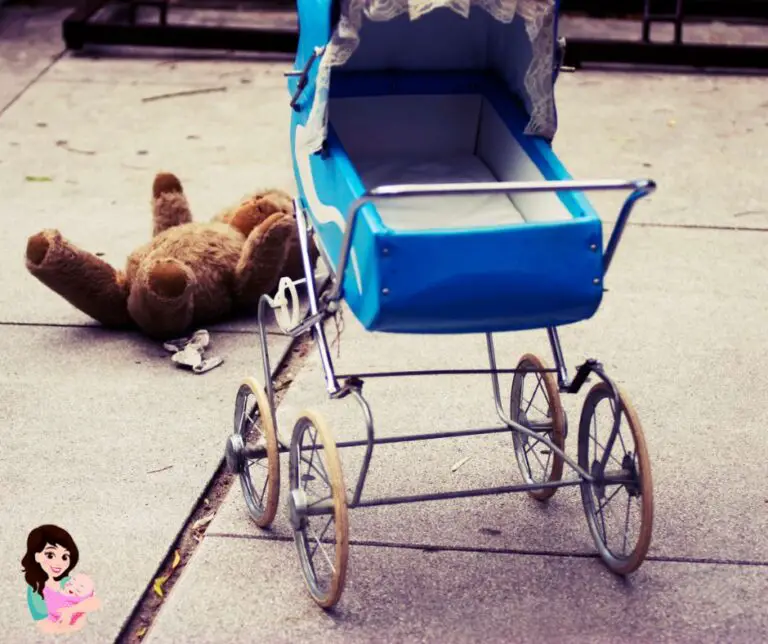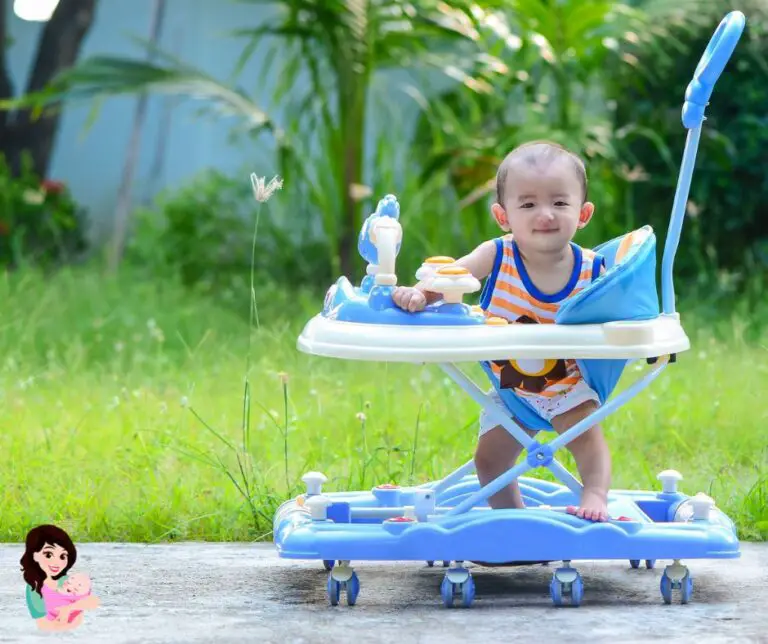
Having a baby is a wonderful experience but it comes with its own unique set of challenges. One of the biggest challenges is finding the right baby carrier that fits your body and your baby properly. This is important because if a carrier is too tight or too loose, it can cause discomfort for both you and your baby.
In this blog post, we will discuss the different factors you should consider when selecting a baby carrier, such as size, adjustability, and fabric, and provide tips on how to tell if your baby carrier is too tight or too loose. We will also provide guidance on how to properly adjust your baby carrier for a perfect fit. After reading this post, you will be able to find the right baby carrier that keeps both you and your baby comfortable and safe.
Wearing My Baby Carrier Too Tight or Too Loose

When wearing a baby carrier, it is important to ensure that the carrier is fitted properly. To check if the carrier is too tight or too loose, you can do a few simple checks.
- Firstly, make sure the shoulder straps feel comfortable and not too tight or too loose against your shoulders.
- Also, ensure that the baby is not leaning outwards as this indicates that the carrier is too loose.
- And, check that the baby’s back is well supported and that the knees are higher than the baby’s bottom.
- Finally, ensure that the baby’s chest is close to yours and not leaning away, indicating that the carrier is too loose.
By properly fitting the baby carrier, you can ensure that both you and your baby are comfortable and safe.
The T.I.C.K.S Rule for Safe Baby Wearing
The T.I.C.K.S Rule is an important guideline to follow when babywearing, to ensure that your baby is safe and secure. T.I.C.K.S stands for Tight, In View at All Times, Close Enough to Kiss, Keep Chin Off the Chest, and Supported Back. It is important that your baby’s carrier is tight enough that you are able to slip only one or two fingers between the fabric and your baby.
The baby should be in your line of sight at all times, and its chin should be off the chest to ensure its airway is clear. Lastly, their back should be supported, with their bottom and knees in a ‘frog-like’ position. Following the T.I.C.K.S rule will ensure that your baby is wearing it safely and securely.
T is for “Tight”
Wearing a baby sling or carrier should be done with the utmost care. It is important that the sling or carrier is tight enough to hug the baby close to you for both comfort and safety. Loose fabric in the carrier can cause the baby to slump down and potentially restrict breathing. Additionally, this can lead to an uncomfortable position for you, resulting in back strain. To ensure that your baby is secure and comfortable, it is best to follow the manufacturer’s instructions on how to properly adjust the sling or carrier. With the right fit, you and your baby can both enjoy the closeness of babywearing.
I is for “In View at All Times”
The importance of keeping your baby in view at all times cannot be overstated. When using a sling or carrier, the fabric should not be so close to your baby that you are unable to glance down and see their face. Additionally, when using a cradle position, your baby should be facing upwards and not turned in towards your body. This is to ensure that your baby is able to breathe properly and be monitored by you. All of these measures are important to ensure that your baby is safe and comfortable at all times.
C is for “Close Enough to Kiss”
When caring for a newborn, it is important to ensure the baby is positioned close to the parent’s chin or shoulder in a comfortable way. This closeness will allow the parent to easily kiss the baby’s head or forehead. This gesture can be especially meaningful in the early weeks of life, as it provides both physical and emotional comfort. Proper positioning of the baby can also help reduce the likelihood of colic, reflux, and SIDS. Parents should be careful not to position the baby too far away, as it can limit the baby’s ability to bond with the parent. The close proximity of the baby to the parent is an important part of the bonding process and should never be overlooked.
K is for “Keep Chin Off the Chest”
It is important to ensure that babies are properly supported when they are sleeping. To avoid restricting their breathing, always ensure that there is at least a finger width of space between the baby’s chin and chest. This is a critical factor to consider when positioning a baby to sleep, as restricted airflow can have serious consequences. It is also important to adjust any bedding or cushions to make sure that the baby’s head is not pushed down onto their chest. By following these simple steps, parents can ensure that their baby is safe and comfortable when they are asleep.
S is for “Supported Back”
When carrying a baby in an upright carry, it is important to ensure that the back is supported in its natural position. The baby should be held close to the wearer, so their tummy and chest are against them. If the sling used is too loose, the baby can slump, which can partially close their airway, creating a serious risk to their health. To prevent this, it is important to make sure that the sling is adjusted correctly to ensure that the back is appropriately supported. Additionally, it is important to regularly check the baby’s position while they are being carried to make sure they remain comfortable and secure.
FAQs
Can a Baby Wrap Carrier Be Too Tight?
Safety is always the primary consideration when using a baby wrap carrier. For that reason, it is important to ensure that the wrap is not too tight. A wrap that is too tight can reduce airflow, potentially compromising the infant’s ability to breathe. It can also cause discomfort and restrict movement, which can lead to disrupted sleep and fussiness. It is important to adjust the wrap properly and to follow the manufacturer’s instructions to ensure proper fit.
Additionally, a wrap that is too tight can cause poor posture and put unnecessary strain on the back, hips, and shoulders of the wearer. Taking the time to properly adjust the wrap, including periodically checking for tightness and making adjustments as needed, is key to ensuring the safety, comfort, and well-being of both the infant and the wearer.
How Do I Know if My Baby Carrier Is Too Tight?
When using a baby carrier, it is important to ensure that it is not too tight. A tight carrier may cause discomfort and even interfere with the baby’s breathing. To check if your carrier is too tight, put two fingers between the straps and your baby’s body. There should be enough space to fit two fingers comfortably.
However, make sure that the straps are not digging into your baby’s body, and that the baby’s chin and nose are not resting against the fabric. If these conditions are met, then the carrier is likely not too tight for your baby. If you are ever unsure, it is best to consult a babywearing expert to ensure the safety and comfort of your baby.
How Tight Is Too Tight for Baby Wrap?
When using a baby wrap, it is important to ensure that the wrap is not too tight. A wrap that is too tight can restrict the baby’s movement and lead to discomfort or even health risks. To ensure that the baby wrap is not too tight, it should be positioned snugly around the baby, without leaving any gaps or pools of fabric.
The wrap should be comfortable and secure for the baby, with enough room for him or her to be able to move and breathe easily. When in doubt, it is best to err on the side of caution and loosen the wrap slightly. In any case, it is important to regularly check the baby’s position to ensure that it is still comfortable.

Hi, This is Emma Baster; As a mom, I spend my free time caring for my kids. I’ve read a lot on the Internet to improve my childcare skill and bring the best to my kids. Eruditemommy shares my knowledge and experience through helpful posts. I hope you enjoy them!







